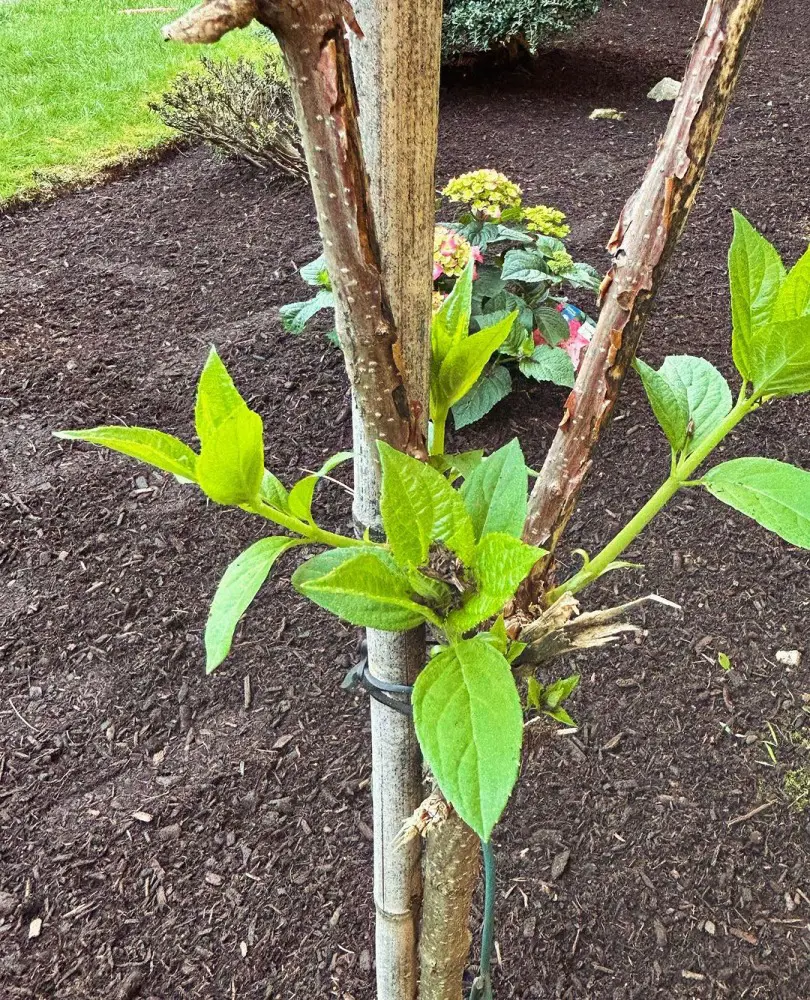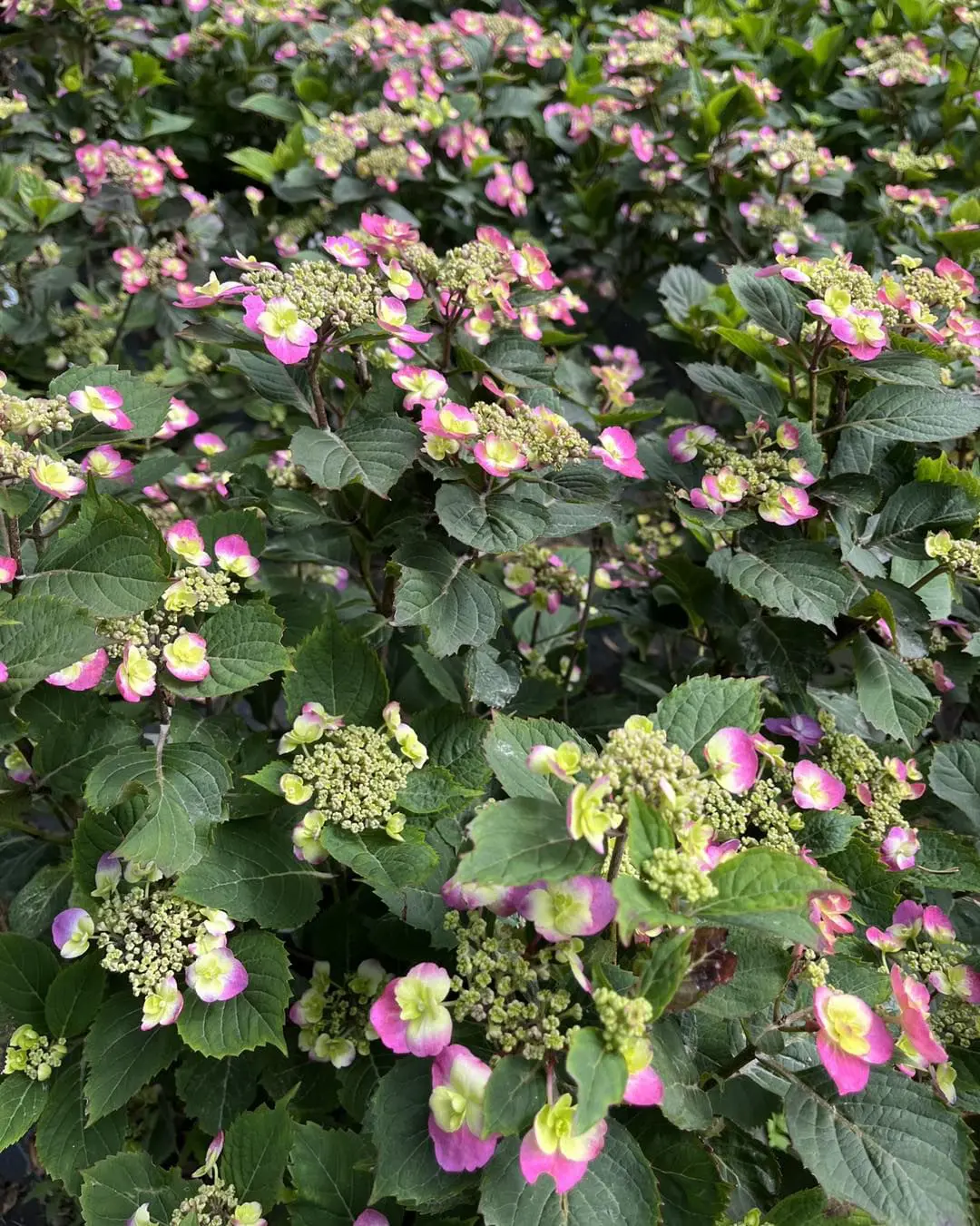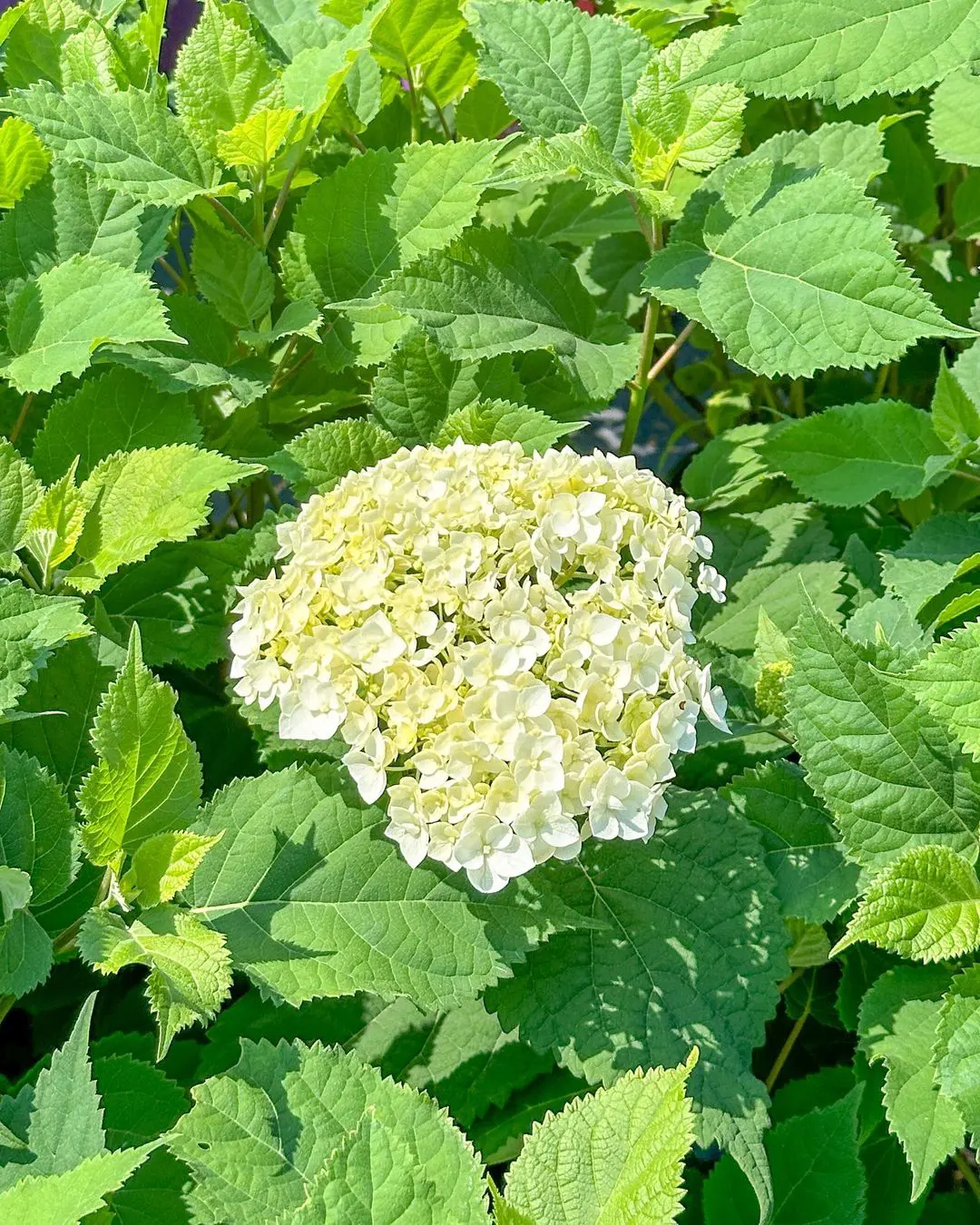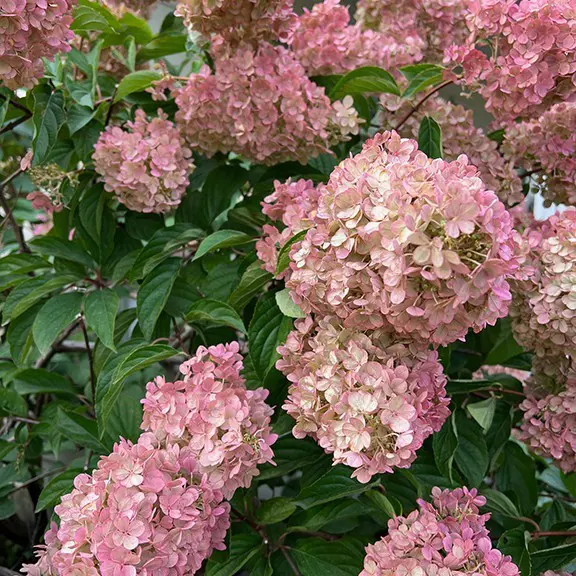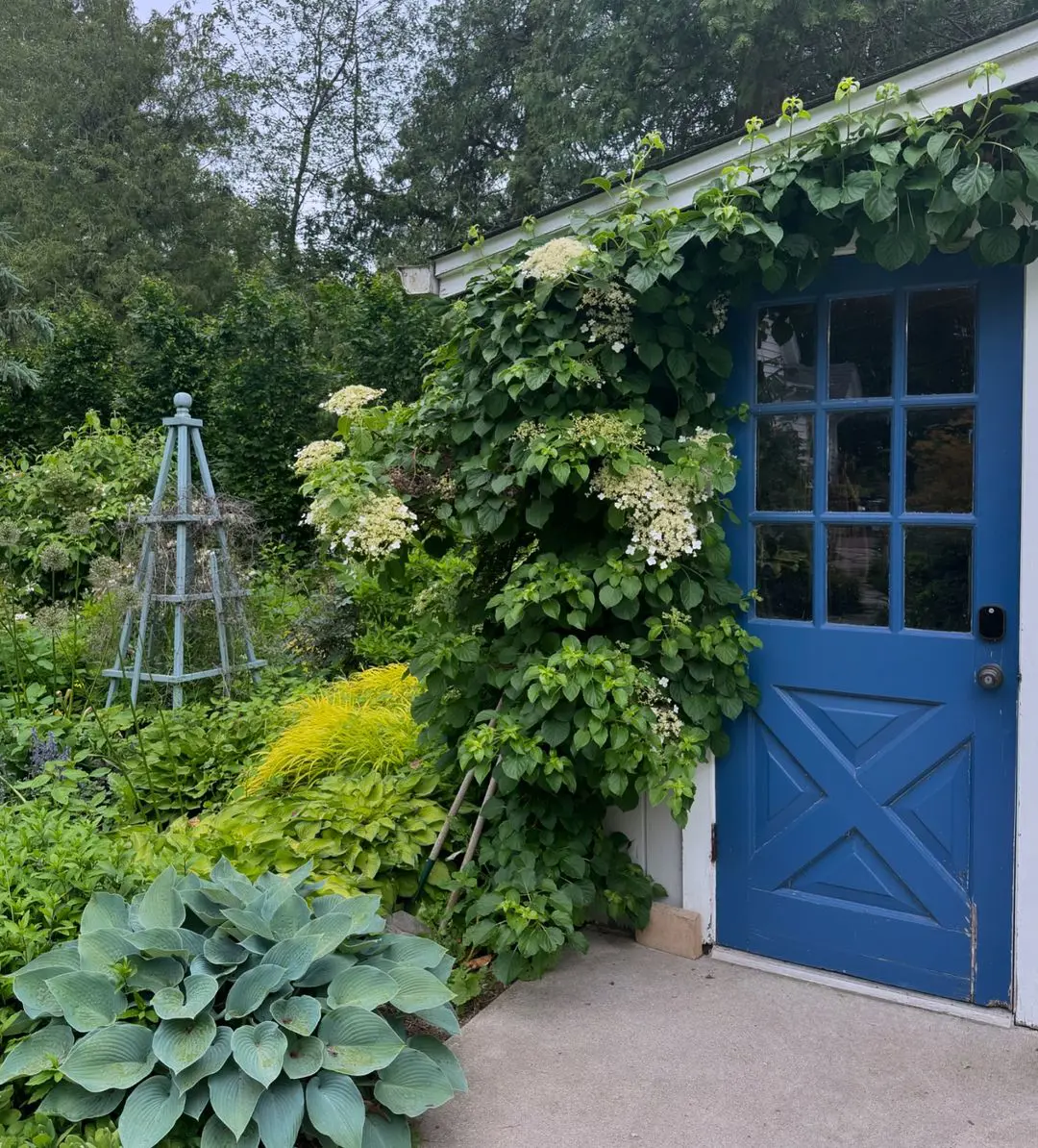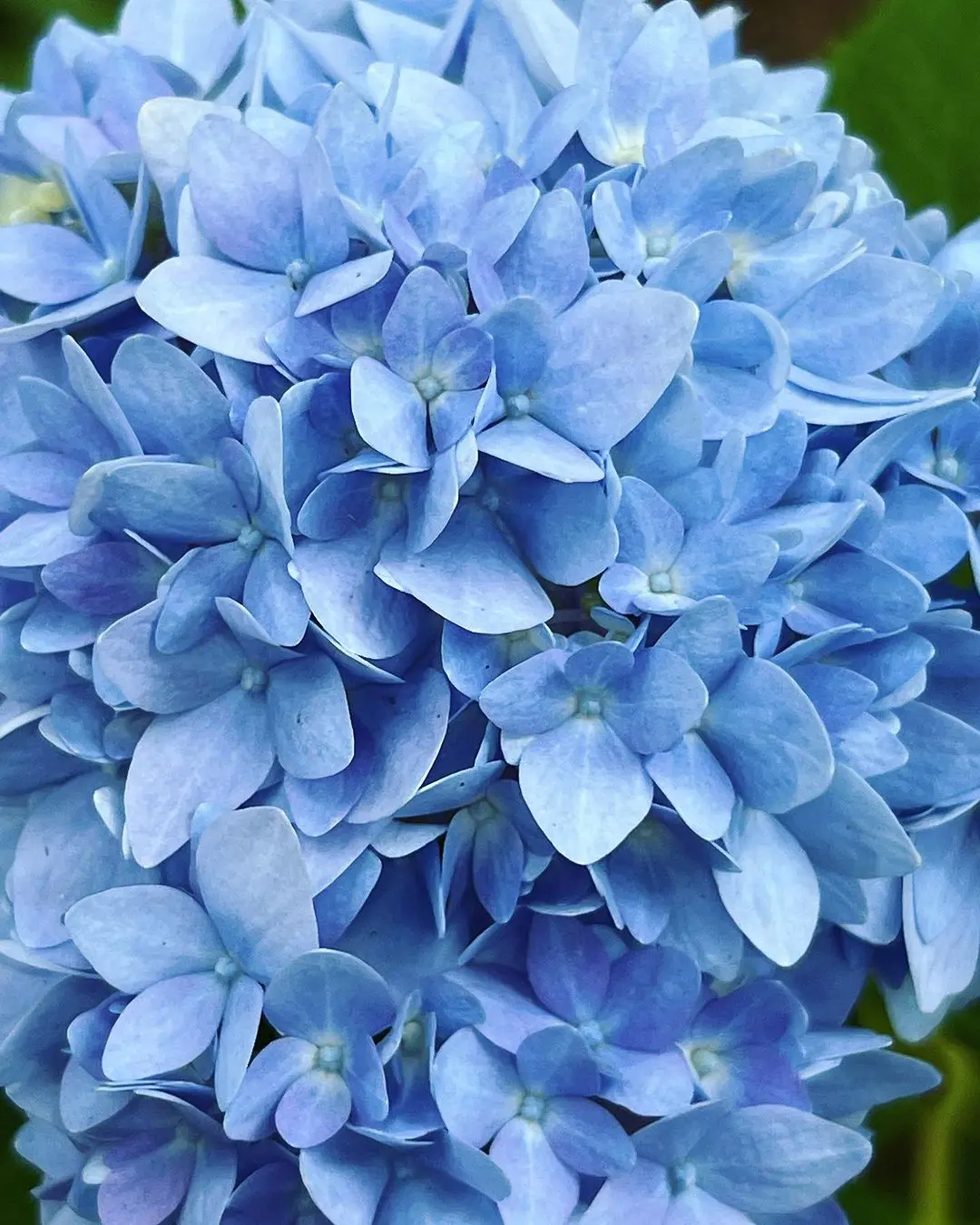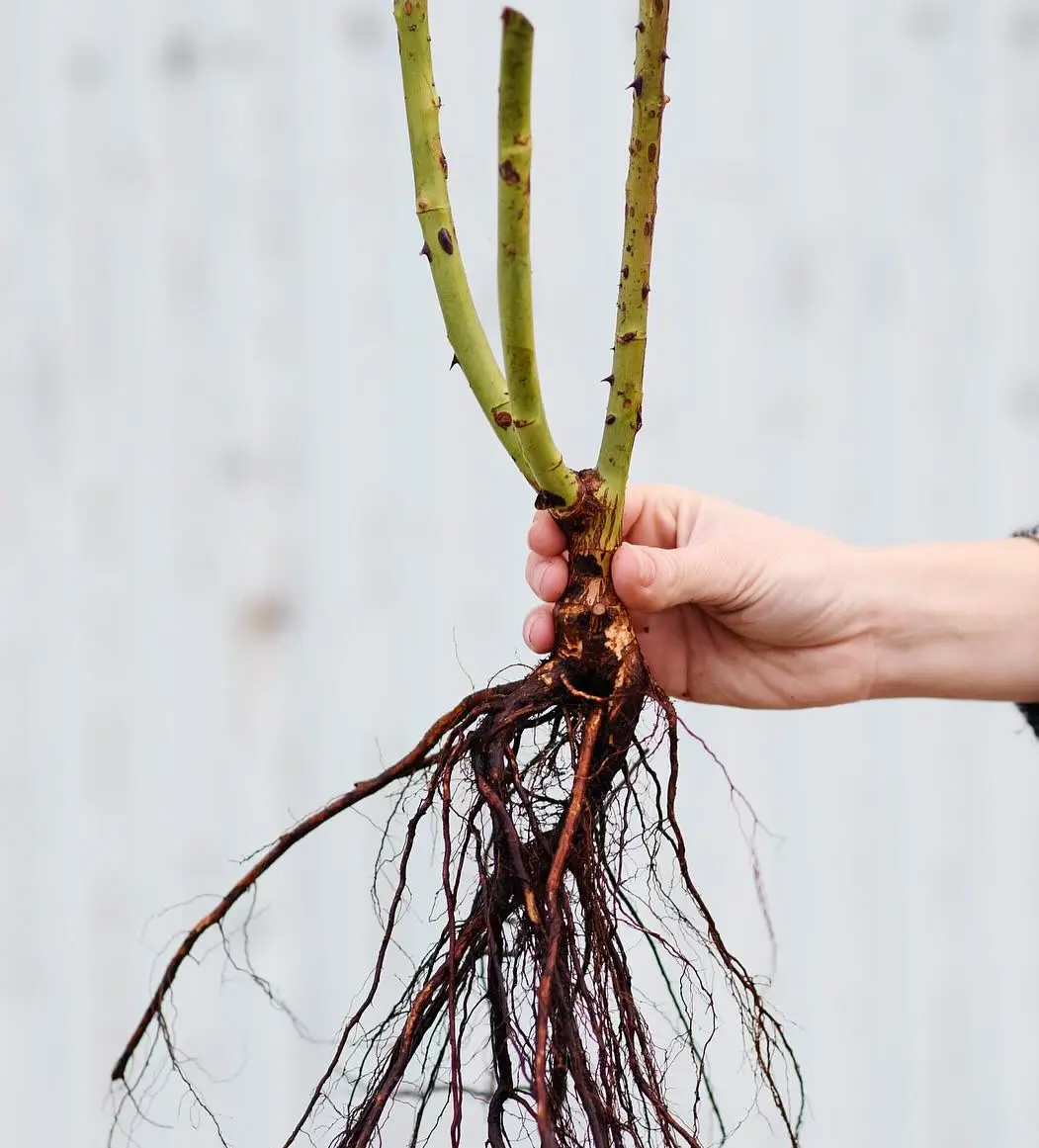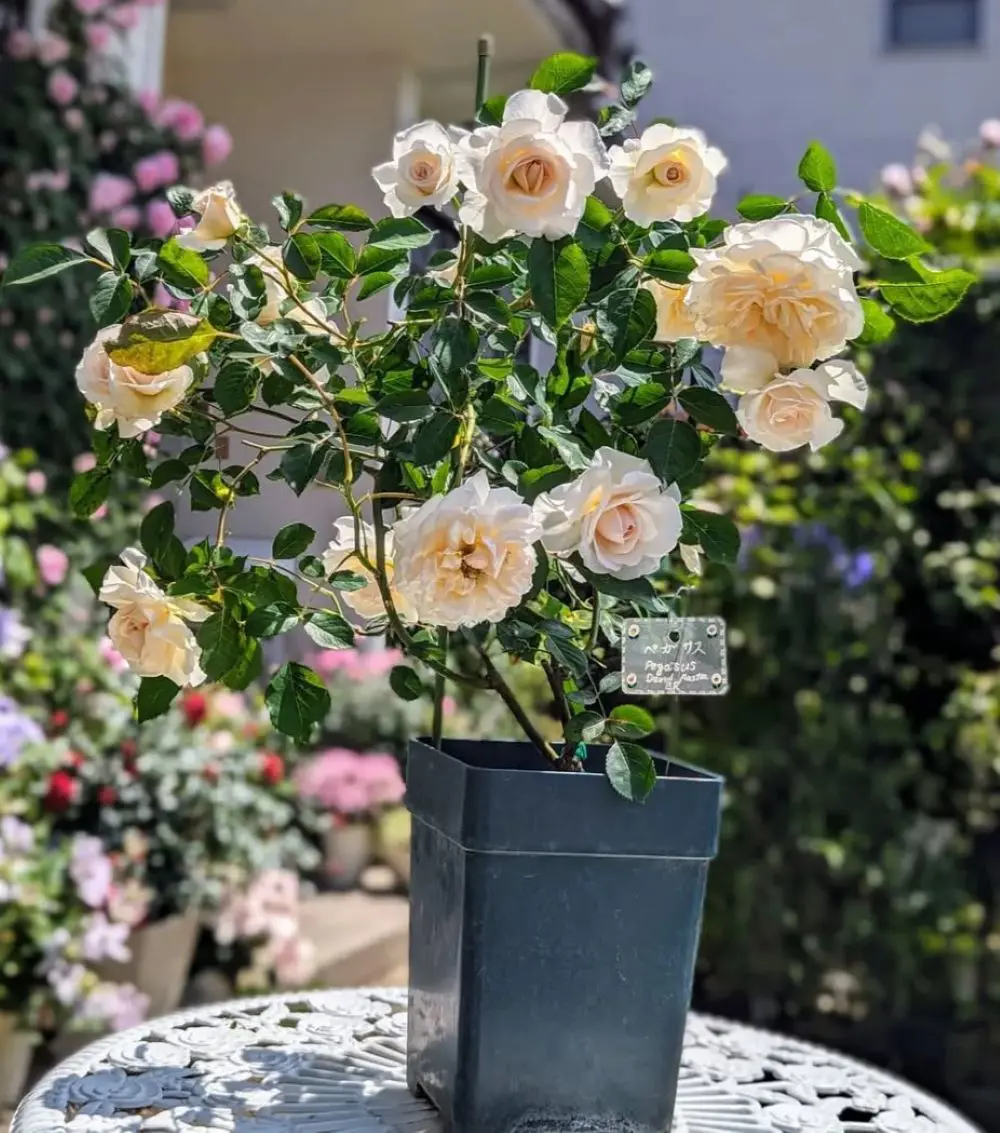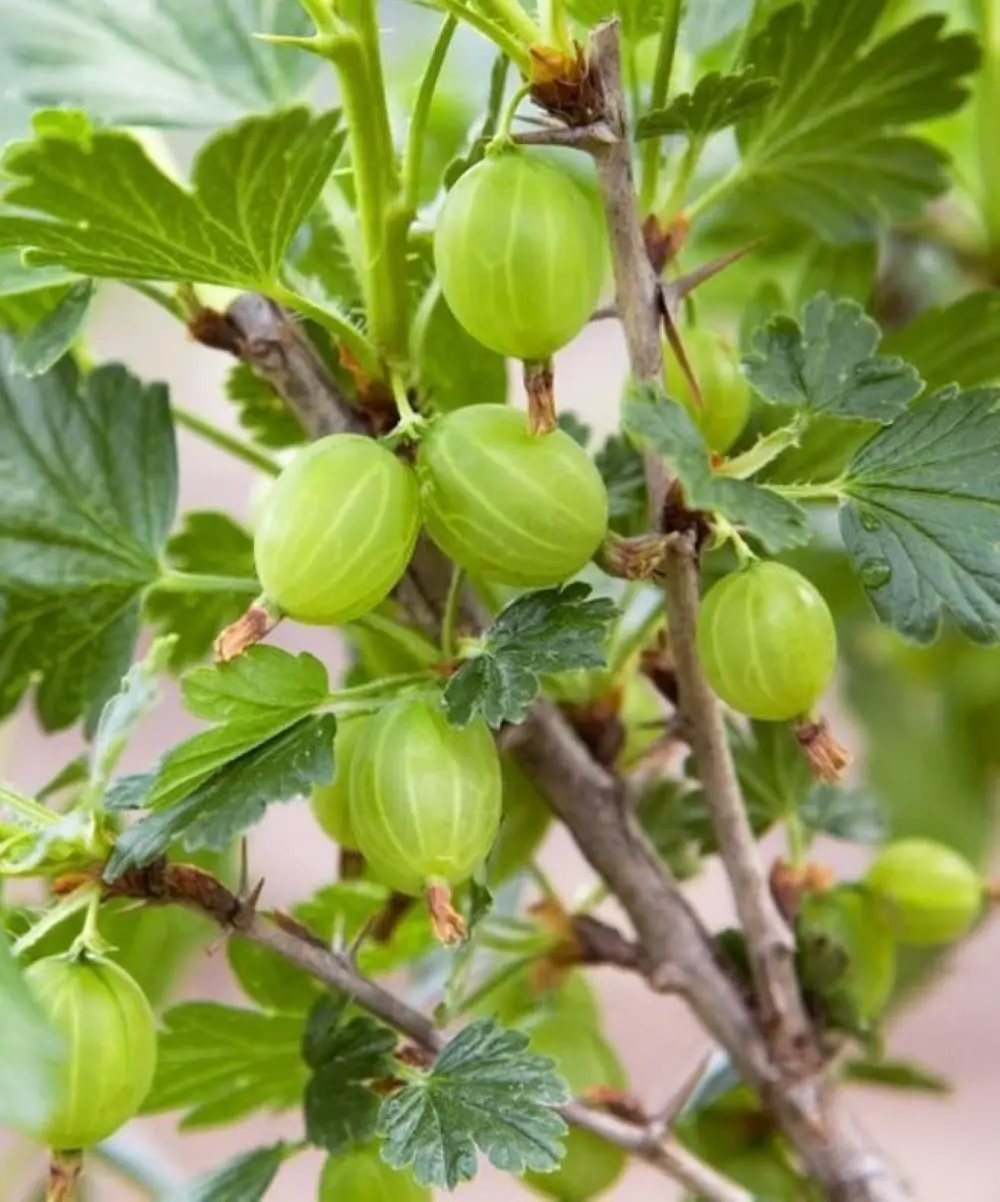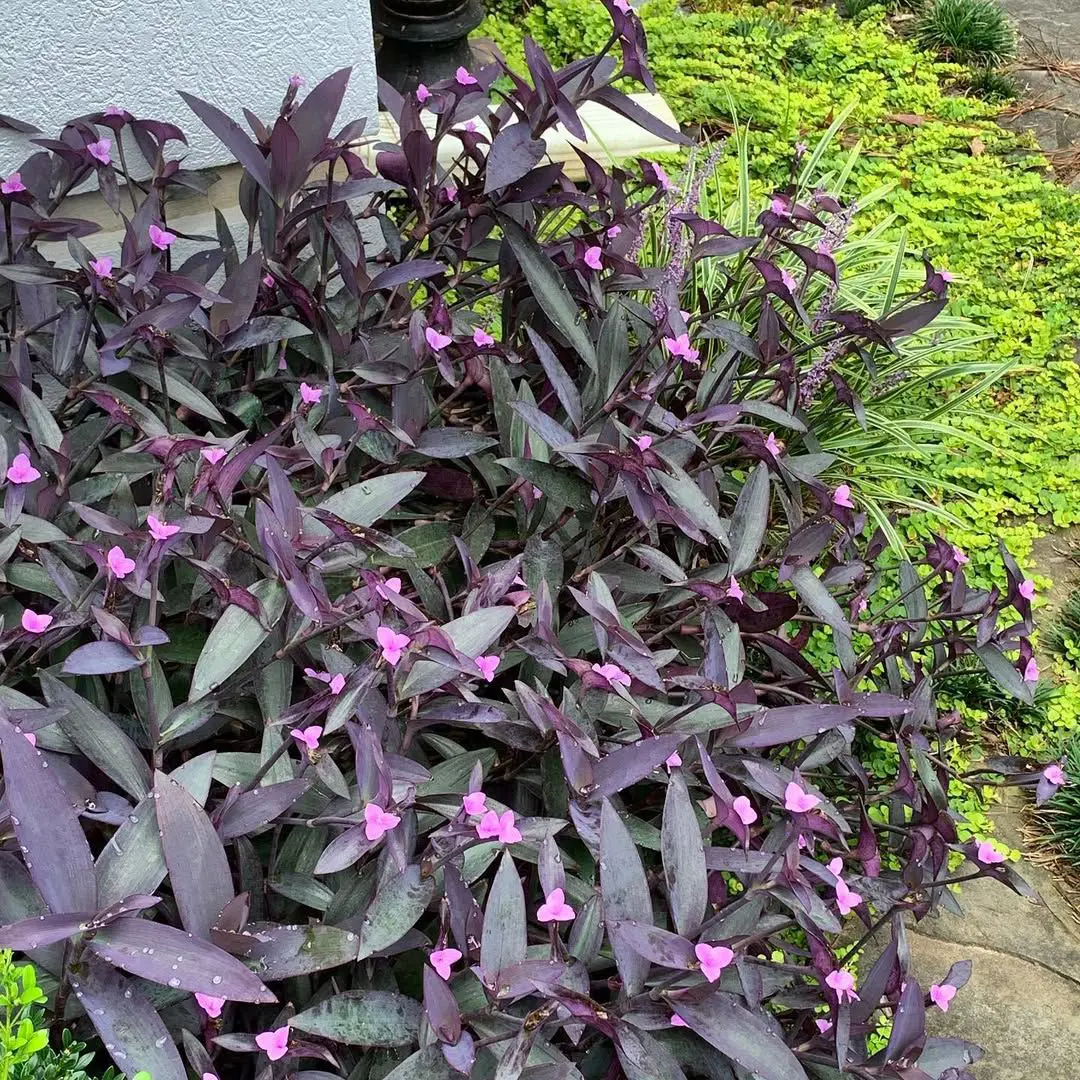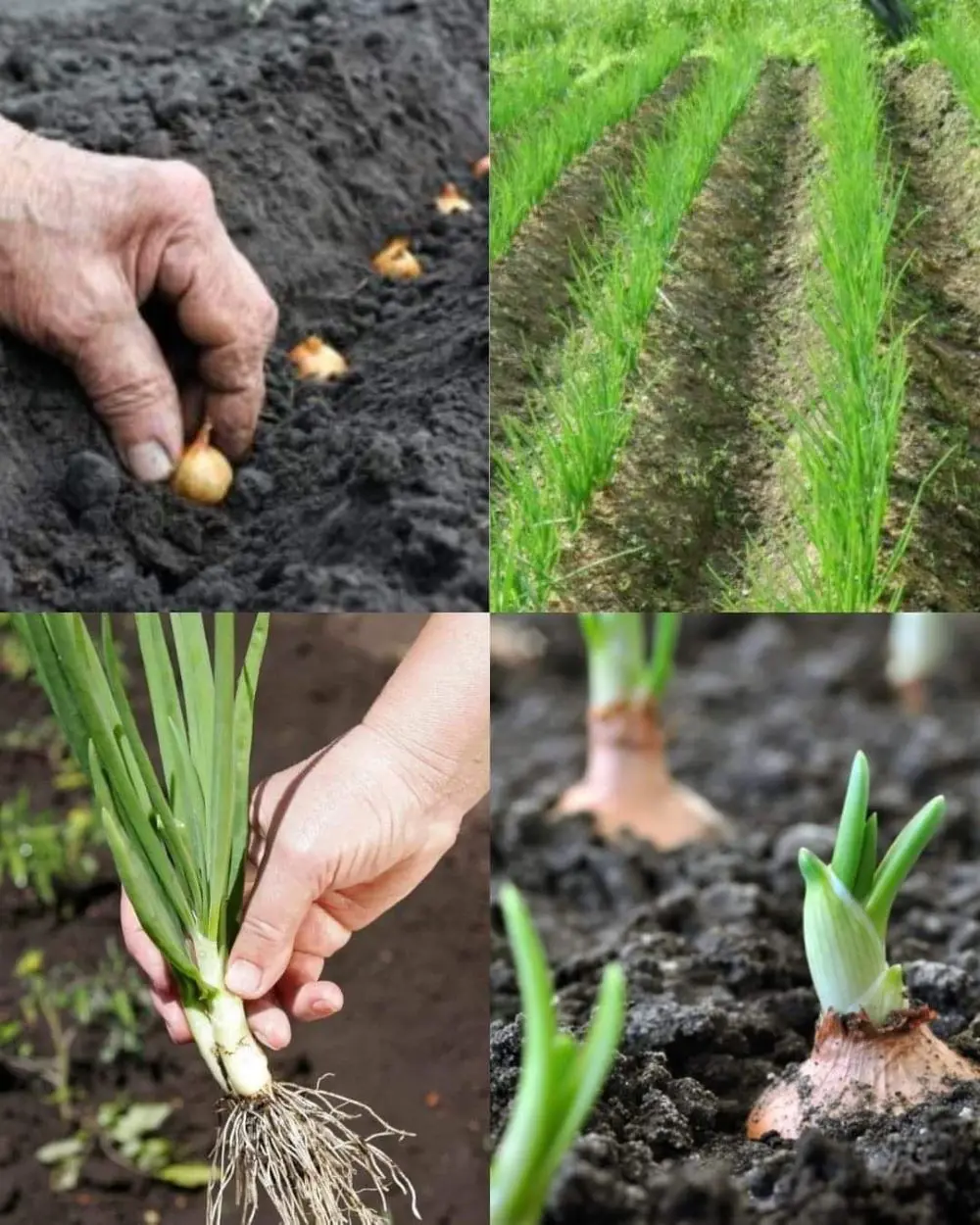Just planting hydrangeas in your garden will not ensure their growth and survival. You need to better care of them so that you can encourage their growth and blooming.
There are a quite few things to be considered to take care of hydrangeas. Let us look into some of these, shall we?
1. Adequate Sunlight
We have tried to cover some information about the relationship between sunlight and hydrangeas in the previous section. In general, we would say that hydrangeas need an appropriate amount of sunlight, neither more nor less.
Some hydrangeas can withstand sunlight for quite longer than others, like panicle hydrangeas which can tolerate more than six hours of sunlight. However, for most hydrangeas, intense and prolonged sunlight is not good like for oakleaf hydrangeas, which can only stand sunlight for approximately 4 hours.
How to Fix:
Plant hydrangeas in such a place that ensure enough sunlight in the morning and provide some shade in the afternoon. If the weather is hot and dry, provide artificial shading with various objects, cloth covers, etc. during such times to increase their survivability.
2. Appropriate Fertilizers
As we have already mentioned hydrangeas grow in well-draining soil, so the nutrients do not stay for too long and the plant roots will not be able to absorb most of it. This is the reason why fertilizers with a balanced proportion of sodium, potassium, and phosphorus should be applied.
However, great caution is needed not to overdo it, because too much results in plenty of leaves and stems but few flowers. Overfertilization is likewise unacceptable from an ecological point of view.
How To Fix:
It is better to apply fertilizers between late spring and early fall. Furthermore, it is beneficial to explore fertilizers that release nutrients slowly over time. In addition, do not forget to water your hydrangeas after applying fertilizer to ease any potential discomfort caused by the application.
3. Watering Regularly
The soil quality and the water requirement for hydrangea have come a lot in this article. So, in brief, we would say that the hydrangeas dehydrate easily as they grow in well-drained soil and thus require at least three times watering each week.
How To Fix:
Try watering your hydrangeas directly from their base. If you water your hydrangeas from the top, the water will accumulate on its flowers and can cause rotting and infections.
In addition, the drip irrigation system is quite helpful as this provides a small amount of water constantly. Moreover, watering the plants in the morning is ideal. It gives the moisture on the leaves and flowers enough time to dry out and also enhances photosynthesis.
4. Mulching
As hydrangeas grow in well-draining soil, applying mulch plays a role in assisting hydrangeas to retain moisture and nutrients. Additionally, it slows down the evaporation of water from the soil helping to promote robust hydrangea growth.
Likewise, mulching provides cover and protection during extreme cold climates in the winter.
How To Fix:
You can have decorative mulching or much by making a small cage around your hydrangeas. Using chopped or shredded plant materials like pine makes a good mulch and also repels various pests.
However, try to avoid diseased mulch or using pruned hydrangeas as mulch as this will spread diseases among your hydrangeas.
That is why, buy mulch from a certified seller to encourage the health of your hydrangeas.
5. Pruning
Hydrangeas need pruning on a regular basis. If there are presence of deadheads and irregular or damaged branches in hydrangeas, the plant might spend its energy as well as nutrients for repairing them instead of focusing on its growth and flowering.
Thus, pruning promotes the channeling of vital nutrients and time to encourage new growth of buds and flowers. This also ensures proper air circulation and adequate sunlight, which is critical for hydrangeas' health.
How To Fix:
To help your hydrangeas thrive, make sure to trim them during the winter or early spring months. If you cut them back before winter they may be vulnerable to harsh weather like freezing temps and frost.
In addition, try to use sterile, clean, and sharp pruners or loopers as this will prevent the introduction of various diseases to your hydrangeas. Get rid of suckers, dead flowers, and branches, and dispose of them securely.
6. Protection From Pests and Diseases
Just like other plants hydrangeas can be vulnerable to pests and illnesses. Insects such as slugs, snails beetles, and aphids might indulge in their leaves and flowers even laying their eggs on them.
Similarly, issues like spots of rust and powdery mildew can tarnish the beauty of these blossoms.
How To Fix:
A mixture of soap and water or a spray with essential oils can keep most pests away. You can manually pick them to get rid of them as well.
Additionally, fungicides can be used to mitigate the risk of various diseases. It's advisable to reserve synthetic fungicides for cases when a fungal infection becomes severe. However, in most situations, neem oil and apple cider vinegar prove to be quite effective in repelling these pests.
7. Protecting From Winter
Most hydrangeas need a lot of extra attention during winter. As I have explained in the texts above, they are susceptible to extreme weather conditions in winter, which might injure them or cause their drying.
How To Fix:
If you have come this far, you might have some ideas regarding the measures that can protect hydrangeas from different events during winter.
Measures like avoiding pruning before winter will make it less susceptible to cold and frost. Additionally, mulching is a good way of providing extra warmth to hydrangeas.
If you have hydrangeas in a pot, place them on places like the porch or near the windows where they can get some sunlight even during cooler temperatures.
